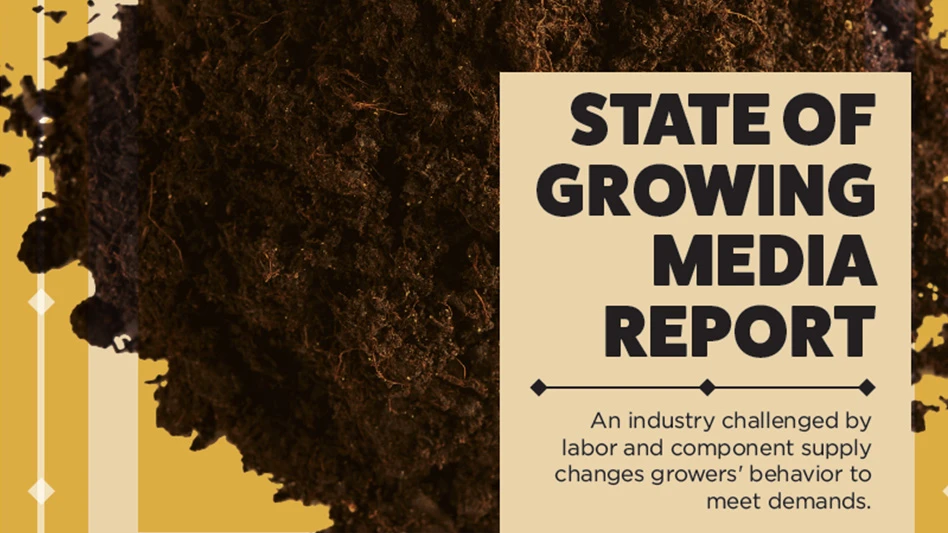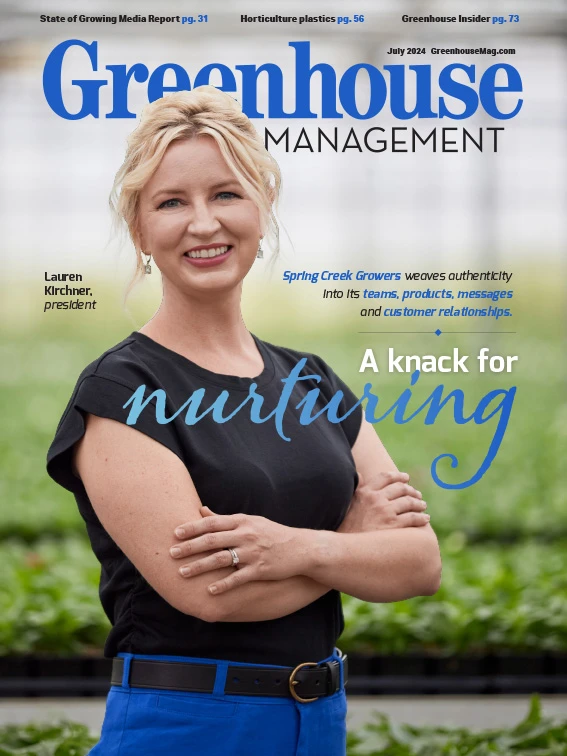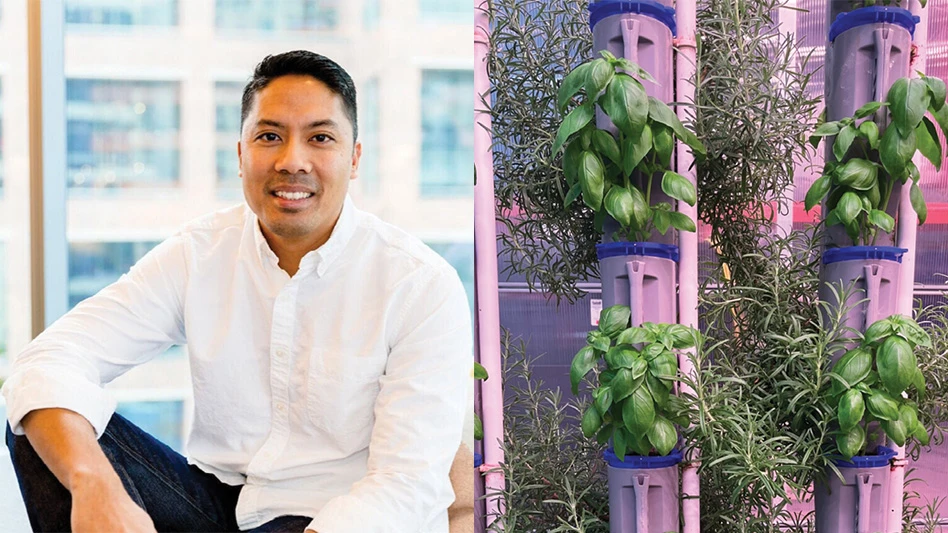
The term "growing media" doesn't mean the same thing to every grower. Depending on the operation and the material being produced, it’s necessary for the components that make up a grower’s substrate to change and shift. But what happens when the common backbone of nearly all growing media starts to become difficult to source?
“We’re relying on peat, and there is no better growing media out there than peat,” says Jeb Fields, Louisiana State University AgCenter associate professor and extension specialist. “But there’s only so much peat that can come out of the ground, especially here in North America.”
Fields explains that several factors have limited the peat supply: longer rainy seasons in the north, increased demand as new industries like cannabis and CEA production boom and strict control by North American governments and associations. That limited supply has led to the big changes we’ve seen in this year’s State of Growing Media Report.
More growers than ever are concerned about the availability of their growing media. And even though scarcity adds stress to growers, it also drives changes in behavior that may turn out to be beneficial in the long run.
More respondents in 2024 said that they were purchasing standard mixes from manufacturers and using a combination of in-house blends and manufactured mixes. Meanwhile, there was a reported drop in those purchasing custom mixes or mixing their own.
“I think this is out of necessity. During shortages, we buy more of the premium products because those are more available,” says Fields.
Fields offers that he’s spoken with growers who have mixing lines that haven’t been used at all this year. “They say, ‘What we could buy was already pre-made.’ So there’s no point in running them.”
But there are still mixing lines in use, according to the data. Of those who do mix their own, more respondents made that choice based on better control over the mix and the need for a variety of mixes to fit their crops rather than those who did so to keep costs low. And while consistency and quality of pre-mixed media lead purchasing decisions, convenience and cost round out the top three reasons for buying from manufacturers.


Among desired ingredients in mixes, peat continues to reign supreme. But compared to 2023, compost, coconut coir, bark and biochar have had a surge in popularity. The rise of these ingredients may also be linked to the scarcity of peat. That’s particularly true for coconut coir.
“I think coconut coir is probably the closest thing we have to peat in terms of its physical properties,” says Fields. “If you were going to do a one-to-one replacement, I couldn't think of another material on the planet that is as abundant as it is that would do as good.”
Because of its peat-like qualities, coconut coir is starting to become available through the major distributors. Those distributors have also picked up ingredients like bark and biochar. So, it’s possible that the data is reflecting desire following availability.
“The big players are using it and pushing it and putting it in their products, and it all comes back to peat,” Fields explains. He says that there simply isn’t enough pure peat to meet the demand, so big suppliers are supplementing their growing media supply. “They’re doing the research on biochar; they’re bringing in the coconut coir; they’re bringing in the bark fines; and they’re blending it and sending it out.”

Some of the changes in substrate composition are likely changing irrigation practices. In 2024, 20% more respondents than in 2023 noted that water conservation was an important quality for their growing mixes.
“If you’re going to change your substrate, everything else needs to go with it,” says Fields. “I think that’s great that people are talking about it, because if you don’t change anything, you’re going to be using more water resources than you need to. They’re all interconnected, and that’s something you really need to think about. If you change one thing, you need to change your interconnected practices.”


Over the years, this report has seen an increasing adoption of pot-filling machinery. In 2024, nearly three-quarters of respondents say they have pot fillers. And of those who do not have the automation, half say they will invest in the next 24 months.
“If you talk to any grower, the biggest issue is labor,” says Fields. “That’s it. It takes a lot of energy to fill pots. Potting is a high-labor activity that is relatively easily automated. It’s one of the easiest places to save labor.”

While it may be hard to find the right substrate and the cost can be difficult to manage, Fields says that it’s actually a very exciting time for growers and growing media.
“I tell people we're currently in like a substrate renaissance,” Fields says. “We're getting better as an industry. We're getting stronger. We're growing more efficiently, and we're producing more. And I really think in the next five to 10 years, there's going to be a lot more changes that we're going get in the efficiency and producibility of plants that are better through better substrate management and practices.”
Read the rest of the State of Growing Media Report:
Substrates: The basics of biochar
Automation: Preparing for potting automation
Sponsor Message: Premier Tech's commitment to growing media advancements drives innovation

Explore the July 2024 Issue
Check out more from this issue and find your next story to read.
Latest from Produce Grower
- 80 Acres Farms confirms $115M capital raise
- Oasis Grower Solutions releases two foam AeroSubstrates for hydroponic growers
- Auburn's Jack Maruna to discuss how CEA can work with service industry at Indoor Ag-Con 2025
- Your comprehensive guide to Indoor Ag-Con ’25
- Mind matters
- John Bonner focuses on purposeful progress as founder of Great Lakes Growers
- The Growth Industry Episode 1: State of the Horticulture Industry
- FDA to Hold Webinar on Updated ‘Healthy’ Claim





